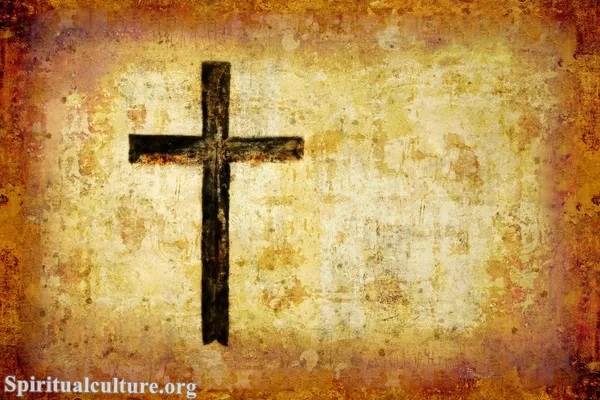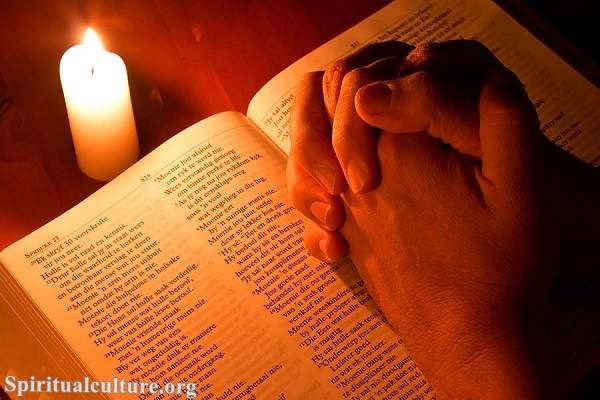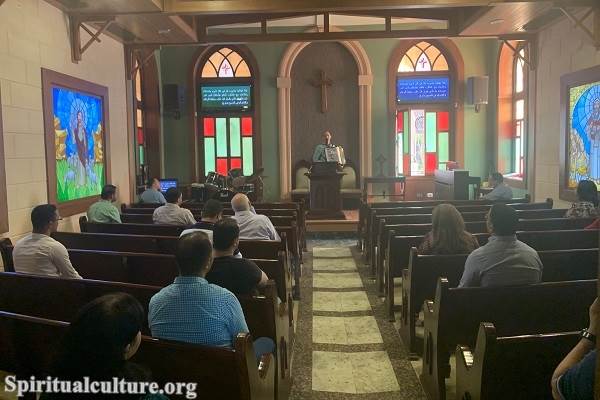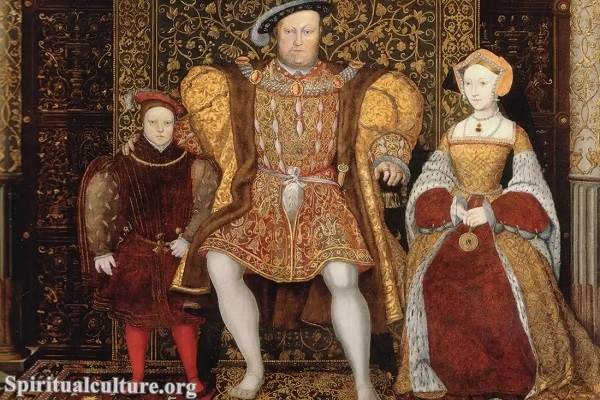The wars were fought primarily between Catholics and Protestants, but they also involved a variety of other factions, such as secular rulers and other religious groups. No single event marked the end of the wars between Catholics and Protestants. Instead, the conflicts gradually declined over time as the parties involved reached political settlements and agreements.
Various factors, including religious differences, political rivalries, and territorial disputes, fueled the wars between Catholics and Protestants.
The conflicts were often violent and resulted in the deaths of many people. Many wars were fought over control of territory and the right to practice a particular religion. In some cases, the wars were fueled by political rivalries and the desire of certain rulers to increase their power and influence.
One major event that helped to end the wars between Catholics and Protestants was the Peace of Westphalia, which was signed in 1648 after the conclusion of the Thirty Years’ War. This treaty established the principle of cuius regio, eius religio, which means “whose realm, his religion.” This principle allowed rulers to determine the religion of their subjects, and it helped to reduce the level of conflict between Catholics and Protestants.
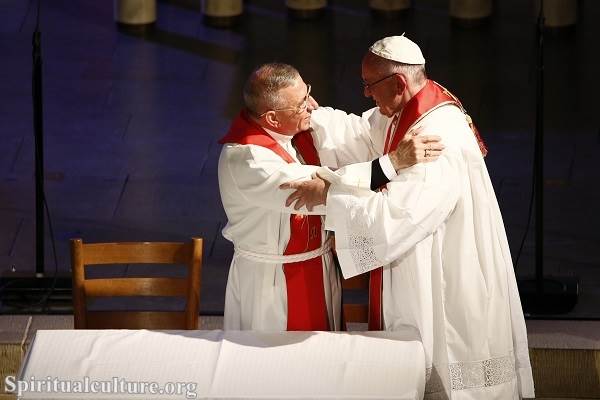
Over time, attitudes towards religious differences began to change, and there was a shift towards more tolerance and acceptance of different faiths. The Enlightenment, a period of intellectual and cultural awakening in Europe in the 18th century, partly drove this shift. The Enlightenment emphasized the importance of reason, science, and individual rights and encouraged people to be more open-minded and accepting of different beliefs.
Today, Catholics and Protestants generally coexist peacefully in many parts of the world, although there are still some areas where tensions between the two groups persist.

